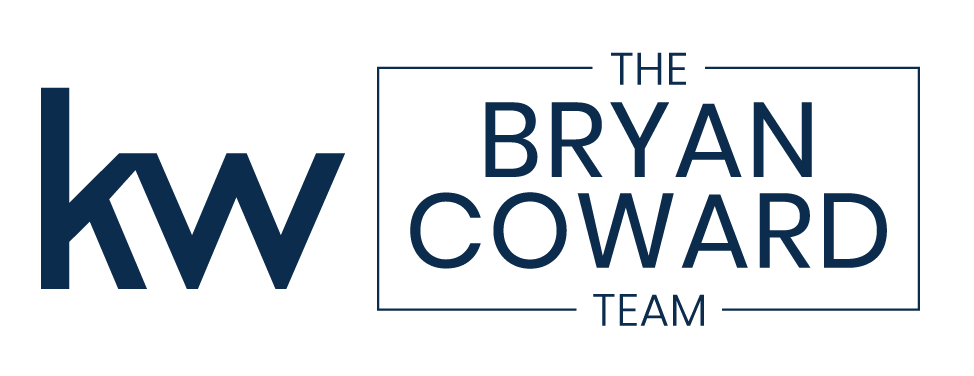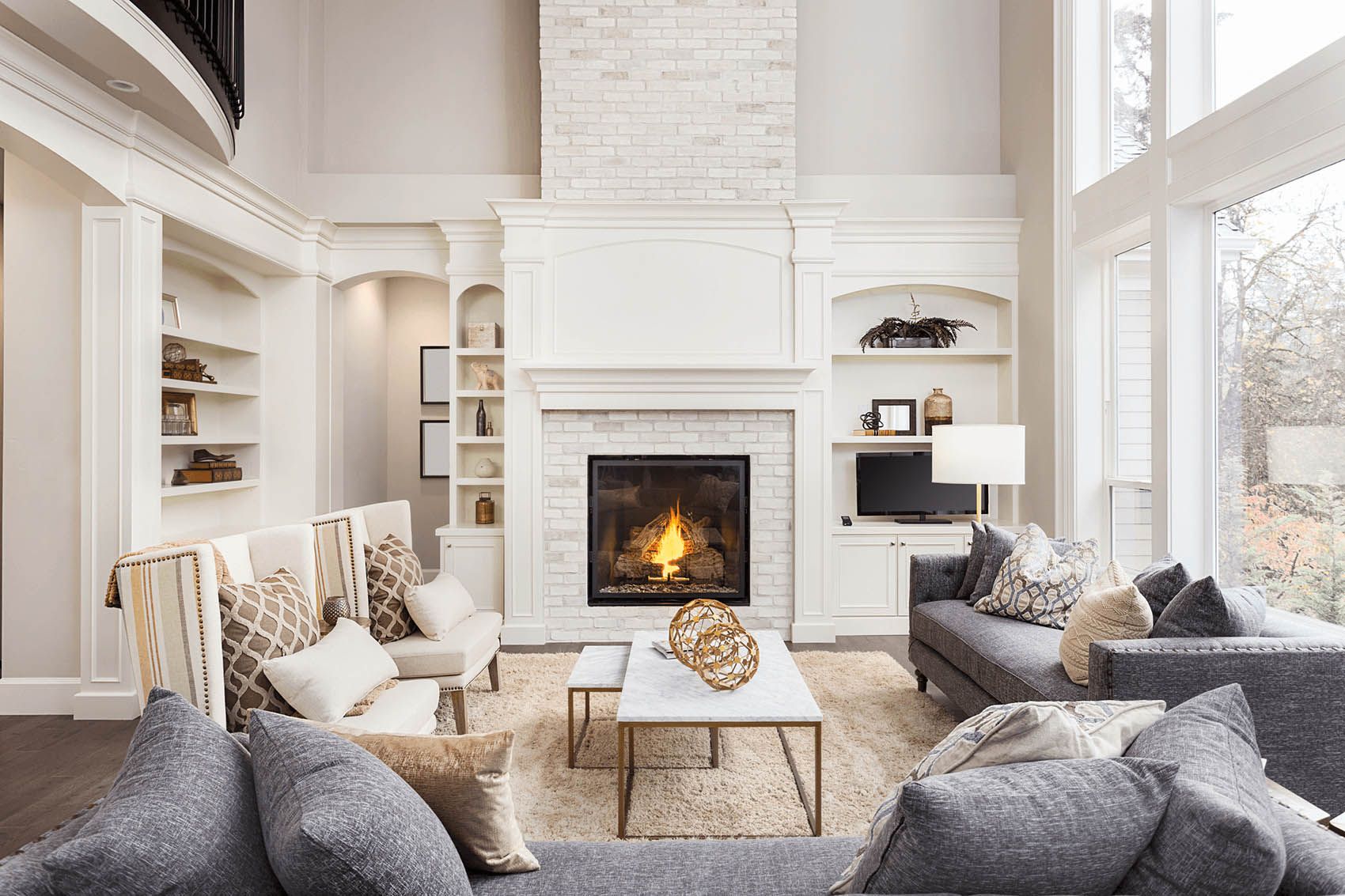Published September 12, 2025
Two key factors will determine when housing costs might return to 'normal'
.png)
Story Highlights
- Redfin analysis predicts housing affordability could normalize by 2030.
- Mortgage rates and price stability are key to affordability improvement.
- Generational differences impact homeownership trends and market dynamics.
Housing prices could return to a sense of “normal” if price growth were to stabilize and mortgage rates fall to 5.5%, but that process would still take years.
A new analysis from real estate firm Redfin Corp. found that home prices could return to a state of normality by 2030 if those conditions are meant. That means a median monthly mortgage payment-to-income ratio of about 30% — meaning the typical U.S. household purchasing a home would need to spend 30% of their income on their mortgage each month.
The last time the median monthly mortgage payment was 30% of the typical U.S. household's income was in early 2022, right before the housing market turned red hot. It soared to more than 40% in 2023 before dropping back to 38.4% recently.
“The path back to normal housing costs doesn’t require a crash in home prices; stability may be enough,” said Redfin senior economist Asad Khan in the company's report. “Buyers shouldn’t expect affordability to snap back overnight, but the trend lines point to real progress within this decade. If mortgage rates decline modestly, and price and income growth hold steady, the market for homebuyers could feel much different by the late 2020s. We are cautiously optimistic normalcy may not be as far off as many might fear.”
But that process will still take years and depends entirely on price growth and overall mortgage rates.
If prices dropped by 2% and mortgage rates dropped to 5.5%, it would take until November 2027 for the median mortgage payment to return to 30% of typical household income, according to Redfin. On the market's current track, it would take until 2030 with a 5.5% mortgage rate.
The estimates also include a 20% down payment, which is often out of reach for the typical household.
If mortgage rates held at their current levels, it would take until December 2034 under current price growth, according to Redfin. And if home prices continue to grow at about 2% at current mortgage rates, a sense of normalcy would not return for at least 10 years.
Affordability would still vary by city and region. Wage growth is also a factor, as places with faster wage growth will reach more-affordable thresholds sooner.
“Tech-driven metros like those in the Bay Area, along with Austin, Seattle and Denver are seeing wages grow considerably faster than the national rate of 3.9%,” Khan said in the report. “At the same time, home-price growth in these metros has cooled considerably from pandemic peaks. We have already seen housing costs return to 2018 levels in San Francisco because wages have kept growing at a high rate at the same time that home-price growth stabilized.”
Mortgage rates already have dropped to their lowest levels in nearly a year, bringing down the median monthly mortgage payment to about $2,604, about $200 below May’s all-time high, according to Redfin in a separate report.
But sale prices are still rising, at about 1.3%, and new listings are up just 1.3% over the same time last year, as fewer sellers enter the market.
Home sales are up just 1.1%, which means buyers are not rushing to take advantage of lower rates.
“There’s not a flood of buyers now that mortgage rates are coming down, but I am seeing a trickle as some house hunters do the math and realize rates have dropped enough to fit a monthly payment into their budget,” said Nashville, Tennessee, Redfin Premier agent Kristin Sanchez. “A lot of house hunters are waiting because they think mortgage rates will drop more when the Fed cuts interest rates [next week]."
Higher mortgage rates mean buyers end up paying more for a house that cost the same as five years ago, but housing prices also grew at a rapid clip since the Covid-19 pandemic. In the second quarter of 2020, the median sale price for U.S. homes was $317,100, according to data compiled by the Federal Reserve. By the second quarter of 2022, that number was $437,700, up 38%. It dropped to $410,800 in the first quarter of 2025, but that's still up nearly 30% from the early days of the pandemic five years ago.
For example, a $400,000 home purchased now at a 6.55% rate for a 30-year mortgage with 20% as a down payment would have a roughly $2,034 per month payment. A rate of 4.55% would mean roughly $400 less per month. At 3% — a rate many homeowners secured, if not lower, during the pandemic — the mortgage payment would be roughly $1,350 a month.
Experts are largely in agreement the Fed is unlikely to dramatically lower rates any time soon, although it's likely to lower rates to some degree as soon as its meeting next week.
Homeownership profile changes
High interest rates and soaring housing costs are squeezing younger homeowners in particular.
A survey of 1,000 recent homebuyers by Truework for its 2025 Recent Homebuyer Report found 64% of Gen Z buyers and 65% of millennial buyers said it is important to their financial health to be able to refinance their mortgage. That is double the rate at which baby boomers say refinancing is important, at just 32%.
The gap is just one aspect of a generational dynamic that is weighing heavily on a shifting housing market that's seeing buyers regaining leverage.
For many baby boomers who purchased years ago, there are obvious reasons not to sell their home. That includes having locked in at a low interest rate, having already paid off their home or simply having no interest in moving again. According to an earlier Redfin survey, 43% of baby boomers have said they will never sell their home, the highest of any generational group. The biggest single reason cited for staying in place is that their home is almost or completely paid off, while others say they like where they live.
While it's typical for older Americans to occupy a larger share of homeownership, the share of homes owned by Americans older than 55 years grew from 44.3% in 2008 to 54% in 2023, according to a study by Construction Coverage. Americans ages 35 to 54, meanwhile, saw a decline in homeownership, with their share dropping from 42.3% in 2008 to 34% in 2023. Baby boomers specifically, who were between the ages of 60 and 78 in 2024, account for 20% of the population but make up more than 37% of homeowners nationwide.
READ SOURCE ARTICLE HERE: www.bizjournals.com






